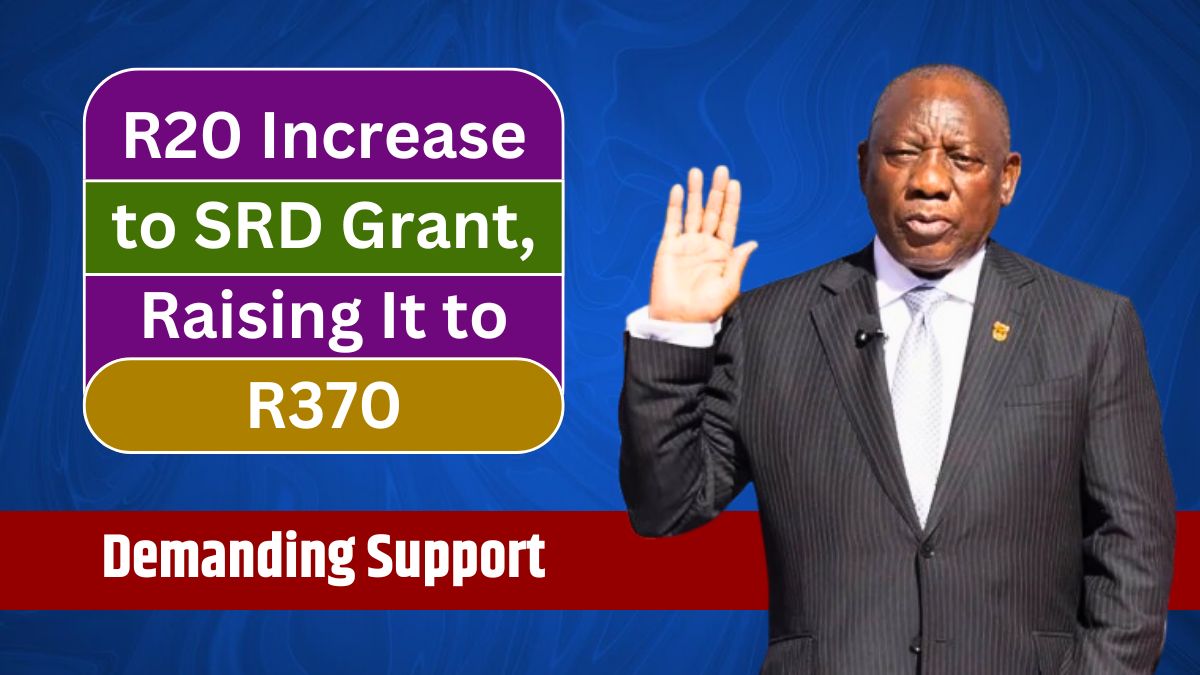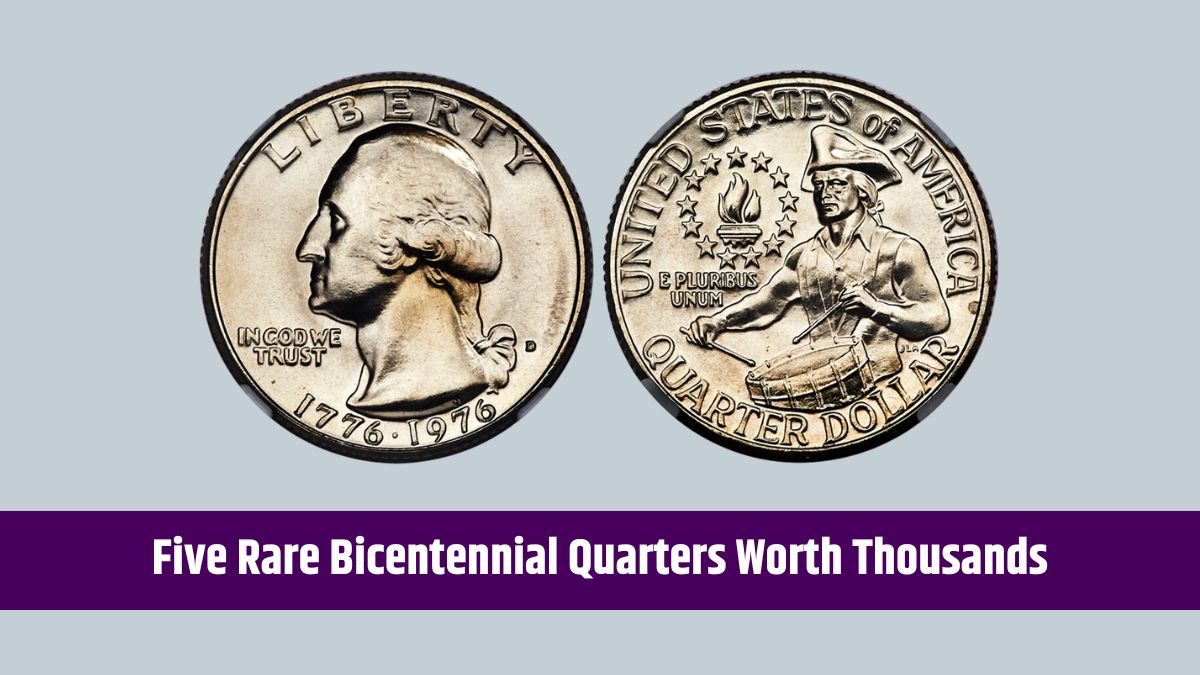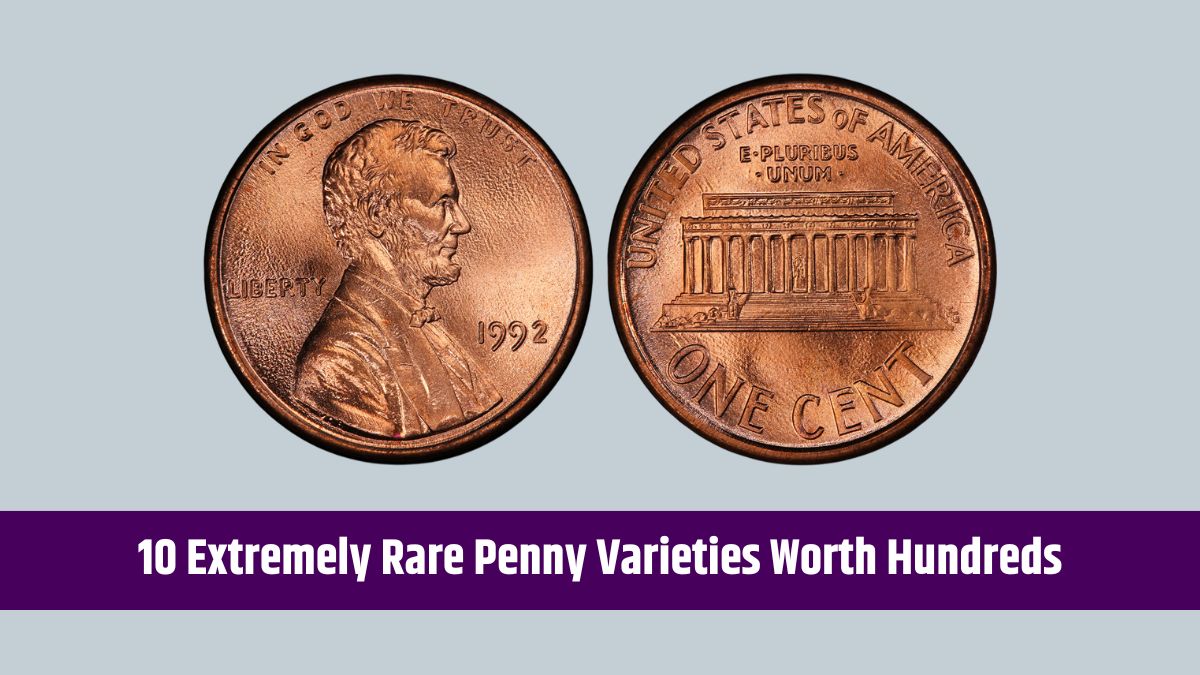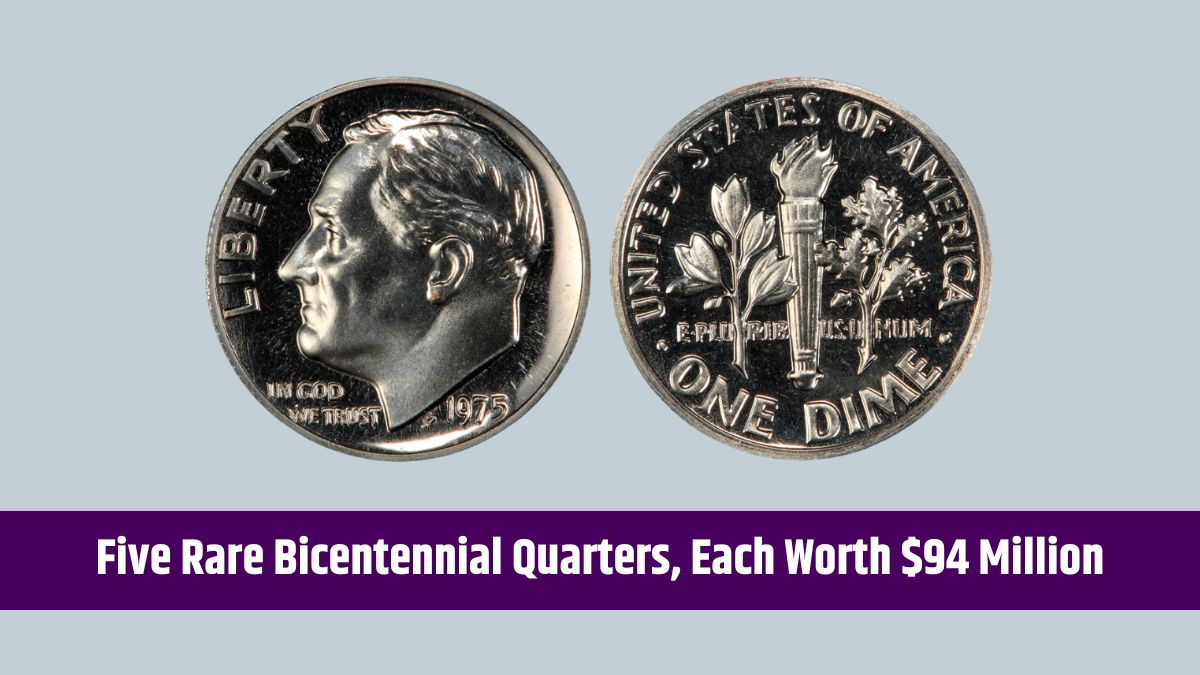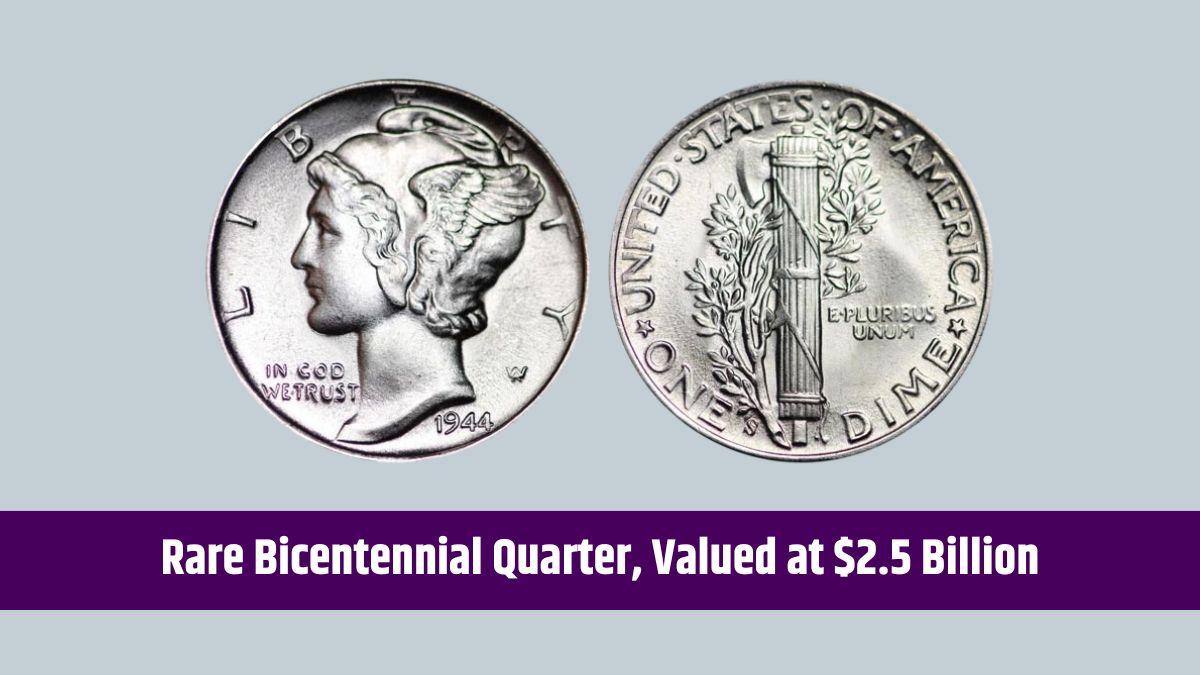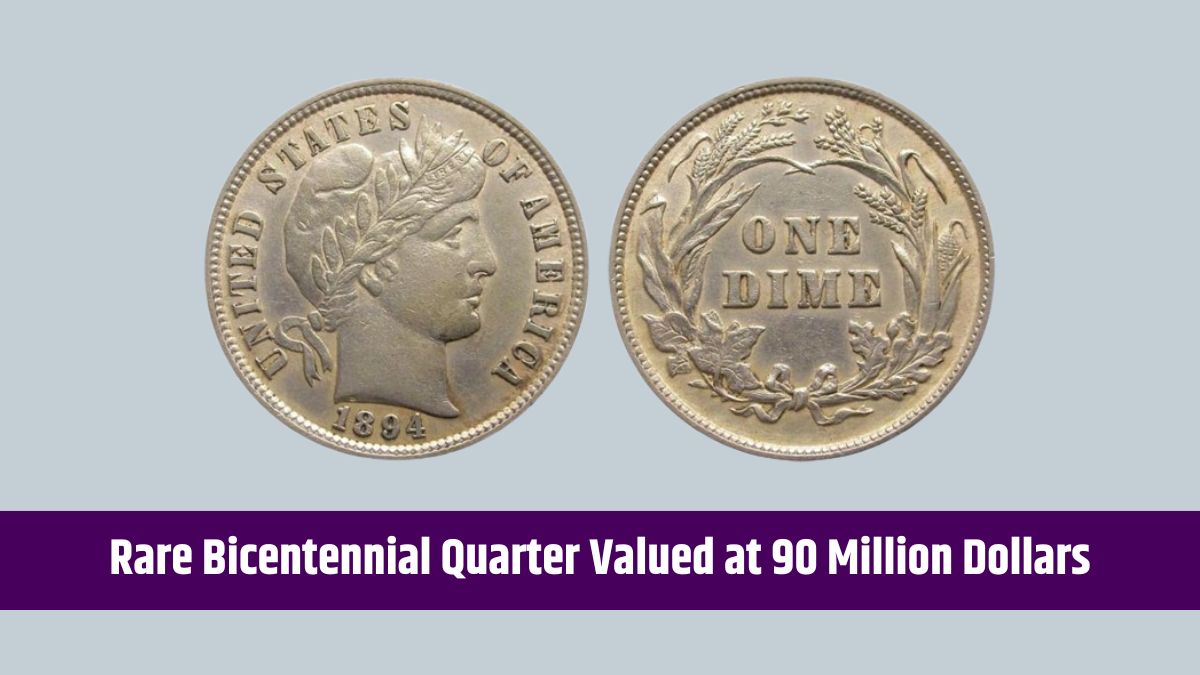The Social Relief of Distress (SRD) grant, introduced to support millions of unemployed and low-income South Africans, has become a focal point of debate. Following the government’s decision to increase the grant from R350 to R370—a modest R20 increment—advocacy groups are now challenging this adjustment in court.
Let’s break down the history, the controversy surrounding the increase, and what it means for the future of social welfare in South Africa.
Overview
The SRD grant was introduced during the COVID-19 pandemic as a temporary financial cushion for unemployed individuals. While initially providing R350 per month, the government increased the amount to R370 in January 2025. However, critics argue this increment is insufficient to address inflation and rising living costs.
Why Beneficiaries Are Upset
South Africa’s inflation rate hit 7% in early 2025, significantly driving up the prices of essential goods and services. For instance, the cost of a basic food basket now averages R1,335 monthly—far exceeding the R370 grant. Many beneficiaries say the increase is too small to make a meaningful difference in their daily lives.
Here’s a breakdown of average monthly expenses for low-income households:
| Expense Category | Average Cost (R) |
|---|---|
| Basic Food Items | 1,335 |
| Utilities (Electricity, Water) | 200 |
| Transportation | 150 |
| Essential Toiletries | 70 |
| Total | 1,755 |
This demonstrates the vast gap between the SRD grant and what is needed to survive.
Legal Challenge
In October 2025, advocacy groups such as the Institute for Economic Justice (IEJ) and #PayTheGrants filed a lawsuit challenging the R20 increase. They claim the current amount fails to meet constitutional obligations to provide adequate social assistance.
Key Arguments from Advocates
- Constitutional Mandate: South Africa’s Constitution guarantees social support for those unable to provide for themselves. Advocates argue that the SRD grant’s current value undermines this right.
- Inflation Impact: The cost of essentials has far outpaced the R20 increase, leaving beneficiaries worse off.
- Barriers to Access: The online-only application process excludes many vulnerable individuals who lack internet access.
Advocates propose increasing the grant to at least R624 per month, which aligns with the national food poverty line.
Government’s Position
The South African government has defended the modest increase, citing fiscal constraints. Treasury officials point out that the country already allocates over R2.5 billion monthly to social grants. They argue that further increases could threaten fiscal sustainability and reduce funding for essential sectors like education and healthcare.
Fiscal Responsibility
The government maintains that balancing immediate social needs with long-term fiscal health is essential. Over-reliance on grants without corresponding economic growth could lead to unsustainable government borrowing.
Advocates’ Alternative Solutions
Advocacy groups have outlined alternative strategies to support vulnerable citizens:
- Increase the Grant Amount: Propose raising the SRD grant to a minimum of R624 per month.
- Revise Eligibility Criteria: Broaden criteria to include those just above the income threshold who still struggle financially.
- Encourage Job Creation: Invest in programs that provide sustainable employment and reduce dependency on grants.
Human Impact
For millions of South Africans, the SRD grant is the only financial support available. Beneficiaries share stories of difficult compromises, like skipping meals or using less electricity to save money. One recipient remarked, “The R20 increase barely buys a loaf of bread. It doesn’t change much for us.”
These personal stories underline the need for a more robust safety net to address the growing gap between living costs and available support.
Balancing Relief and Sustainability
While increasing the SRD grant could provide immediate relief, it also raises questions about long-term economic sustainability. Experts recommend a dual approach: providing adequate social assistance while fostering job creation and economic growth to reduce reliance on grants over time.
As the legal challenge unfolds, its outcome could significantly shape social welfare policies in South Africa. For millions of beneficiaries, this court case represents a chance for meaningful change.
FAQs
What is the SRD grant?
A temporary relief payment for unemployed and low-income citizens.
Why was the SRD grant increased?
To provide additional relief amid rising living costs, despite criticism.
Why is the R20 increase controversial?
It doesn’t match inflation or rising costs of essentials.
Who qualifies for the SRD grant?
Those earning less than R624 monthly and applying online via SASSA.
What alternatives are suggested for SRD?
Increasing the amount, revising criteria, and focusing on job creation.
